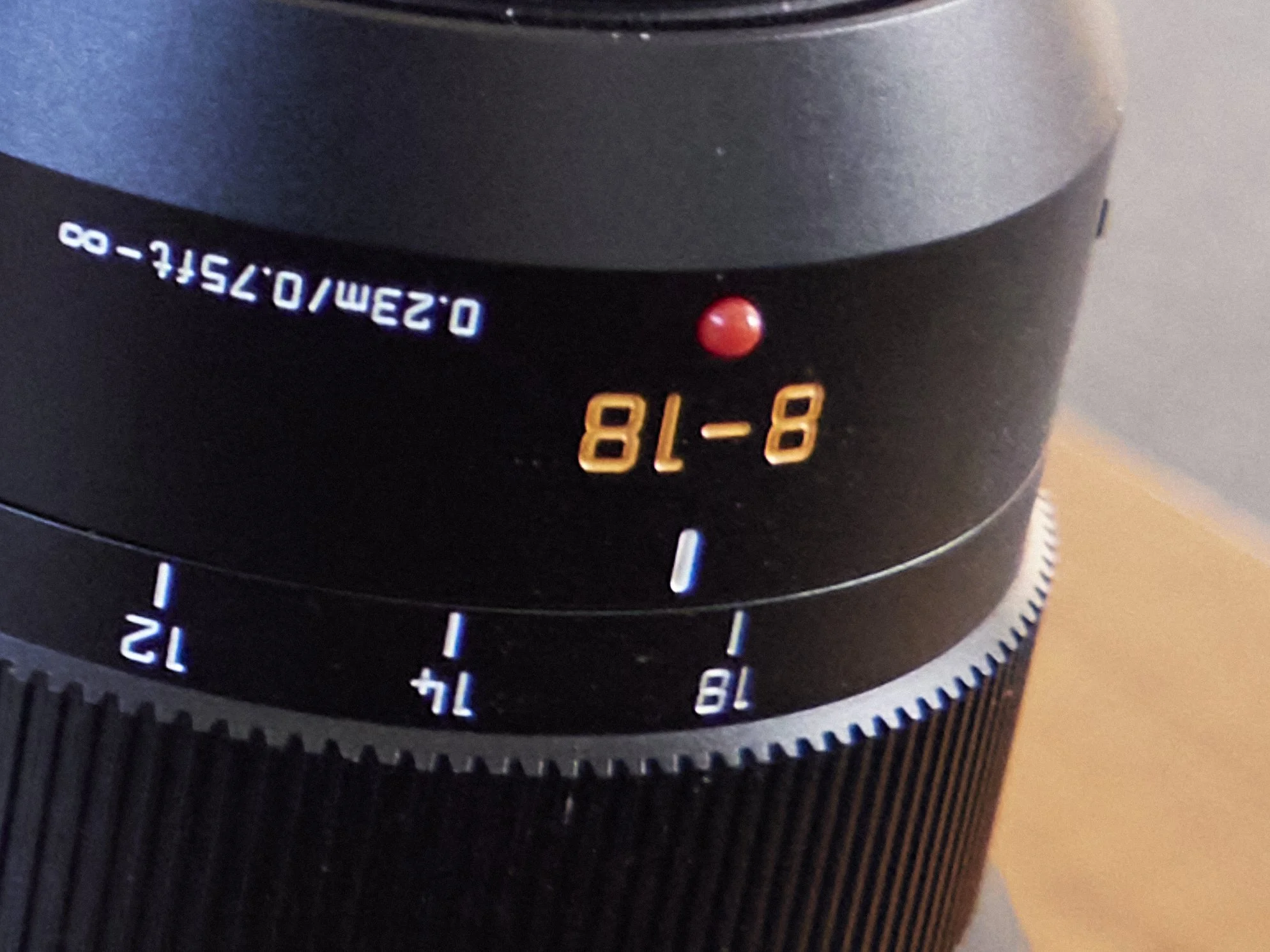I work two days a week at the local paper, three to five with the school, depending on my roster with the paper and then other stuff.
My kit was to be divided equally between the school and paper jobs.
Simple.
Not so simple it turns out. The paper can throw a lot at you in a day and my kit needs to be both all encompassing and surgically specialised, so for me there is no “one kit” option (not one I want to carry anyway). Added to this is the problem of where things can be left.
I cannot leave one kit in one location, because I just cannot predict what a week will bring. This means I need to lug a comprehensive kit back and forth between work places and home, including 2 laptops, all the accessories I may need, flash gear and lenses covering 16-600, both fast prime and zoom and cameras in depth. Thank heavens for M43.
There are things I have duplicates of that can stay in my locker at the paper like some small mics, flash kit, a spare rain jacket and chargers, but that is it.
On the way out the door to a job, I may only need one lens and one camera, but I cannot predict at the start of the day which ones I will need.
The other “Togs” can store their paper supplied gear in the office and have their own private gear should they need it. I can’t, so have chosen to use my own equipment, taking the load off the papers’ gear pool and simply because I prefer to use it (the idea of switching into a Nikon SLR mode for two days a week does not appeal).
So, the problem is, I need to tote a large amount of gear over about a kilometer from my car to the paper twice a week. Currently I am useing a Protactic 350 backpack, a bag I dislike, but it does have it’s uses and a Domke 802 or 804 shoulder bag, both full*. I then feed out of the backpack and carry the Domke. If I have two shifts together, I can leave some or all of it behind, but this is not a regular thing.
The solution.
When looking for the F804 at Photovideo.com.au, I noticed a Domke roller bag. These, like a lot of Domke bags have been discontinued, but at PV, there are a half dozen left at a good price. For a little over $200au, I have a medium sized rolling case that not only holds more than the Protactic (mainly because it is a lot deeper), but it also takes the F804 on the extended handle bars. I can get to work with shoulders free from aches, which will come later in the day.
This bag will be where the bulk of the papers’ kit will live, with bits plucked out as needed to expand my School and personal kits.
I expect the bag will also be useful for bigger private and school jobs where things like 7” diffusers and power chords are needed.
The front flap has room for both laptops inside or out and even a smaller bag like an F2 or F3x.
At the price, I cannot think of a better roller bag, so grab one while you can.
* 2 EM1 Mk2’s, EM1x, 8-18, 17, 25, 45, 75, 12-40, 40-150, 300, 1.4x, 2 Godox flash units and controller, Mac Air, Thinkpad (becasue I like to use one, the paper needs the other and it is sloooow) and assorted stuff and lunch.































































































